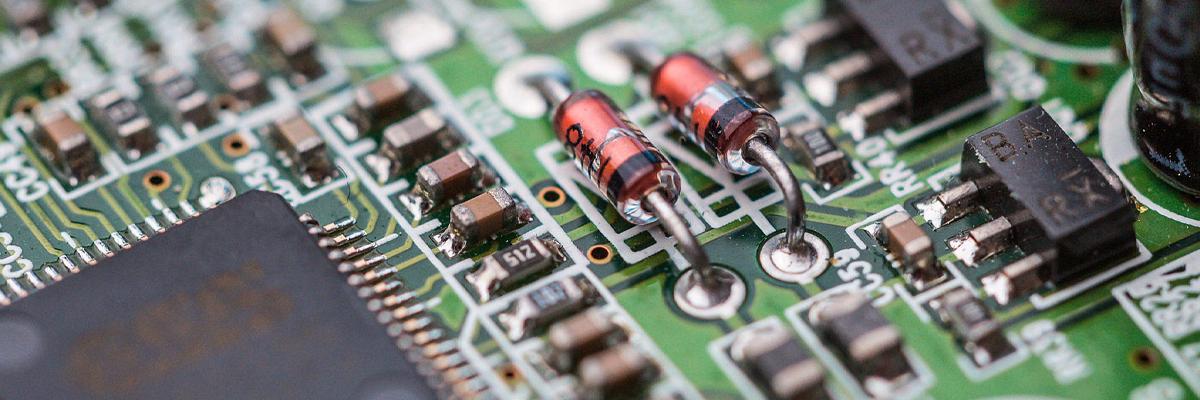

PCBs have been integral to the advancements in electronics and their increased applications. There are various types of PCBs considered by a PCB fabrication service provider. Standard and RoHS compliant can be the two broad categories here. RoHS-compliant PCBs are made to suit specific standards and are free of toxic materials such as lead. Standard PCBs may be made of different materials ranging from aluminum and fiberglass to epoxies. They are designed to suit most standard requirements across applications. But, precisely when we say standard PCBs, what matters is the thickness of the board among other factors, which is about 1.57mm. Of course, nowadays, the thickness has reduced with the ever shrinking size of electronic devices. So, for standard PCBs, we can consider a range from 0.78mm to 2.36mm thickness. This post takes a look at standard PCBs with layers varying from one to eight, their design and applications.
The thickness of a PCB directly affects its functioning, which may impact the overall operation of the device it is embedded in. It is a parameter than impacts resistance and conductivity which are important aspects you should consider when mapping your application requirements. When we talk about thickness, it means the overall board thickness, and that of the substrate, core, and each layer. In case of multilayer PCBs, the thickness has to be mapped with the components and wires running through, and avoid impedance.
When manufacturing standard PCBs with any number of layers, we need to consider the following parameters apart from PCB thickness:
Aside from the above factors, the manufacturing tools used and the workmanship also impacts the PCB thickness. This includes the hole drilling equipment used and copper thickness among others. A stack-up is the arrangement of copper coating and other insulating layers on the board before the layout is designed. For standard PCBs with 4 to 8 layers, the stack-up thickness is around 2.4mm”, although it may vary from 2.3mm to 2.5mm. For a 2-layer stack-up, the final board thickness is around 1.6mm.
Are you an OEM looking to automate your production process or product? If yes, ensure you consult a PCB assembly services provider to get an idea about your PCB design and number of layers depending on your requirements. Twisted Traces is a reliable manufacturer and assembler of various types of PCBs with layers ranging from 1 to 20 and more. They offer standard as well as RoHS-compliant PCBs and have an experience of over 30 years dealing with clients from varied industries.
.png)